For Honor Game Review
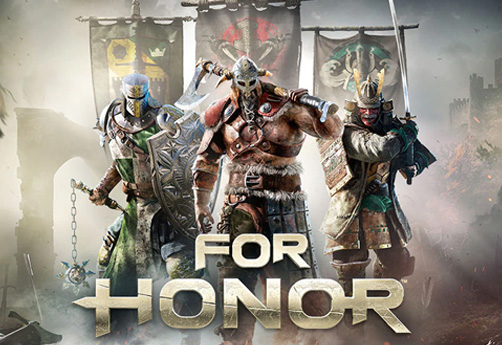
Satisfying and layered combat
Each multiplayer mode offers a unique and fulfilling spin on combat
Skill progression provides tangible rewards
Sense of community and promise of rewards in Faction War gives you a higher sense of purpose
Awful narrative
Combat sometimes becomes too chaotic for its own good
Fighting against more than one opponent can be punishing
Despite dents in the armor, For Honor has one of the most complete melee combat systems I've ever experienced.
About The Game
For Honor is a fighting game genre, the game was thought to be an action-adventure or hack-and-slash similar to Ryse, but the game is a third-person camera, a medieval setting, and melee weapons.
For Honor requires a variety of moves as viable gameplay, is rooted in a clean system of spam-blasting checks and balances, and offers some of the most creative hand-to-hand combat. As a fighting game, For Honor’s biggest advantage lies in its multiplayer mode. Sure, it has a single-player campaign, but it feels unfair to slam the corny story, empty characters, and over-reliance on set pieces. It’s a chance to experience every hero against a specific enemy type in a more structured environment than For Honor’s unlimited training offers.
For Honor’s roster isn’t sorted by the class itself. Nor does he have any specific iconic characters like the fighting game lineup: his three factions, Vikings, Knights, and Samurai each have his four fighters. A standard Warrior (Vanguard), a fast but vulnerable attacker (Assassin), a Heavy (Heavy), and a mixture of his two previous classes. Importantly, two of these can be played as male or female, while the other two can be played as all-female or all-male. This gave certain roles meaningful gender distinctions and felt incredibly all-inclusive. Gender avatars can be switched anytime in the multiplayer menu if availability increases. The various heroes of the faction may belong to the same “class” for lack of a better word, but they all play differently. , but his block prevents chain attacks. However, the Viking He Heavy uses a sword (unlike the faction’s Raiders, who use axes), which makes him a more viable counterattack. The best counter-attacker is Orochi the Samurai if you know how and where to avoid it, but it takes real discipline to maintain cover.
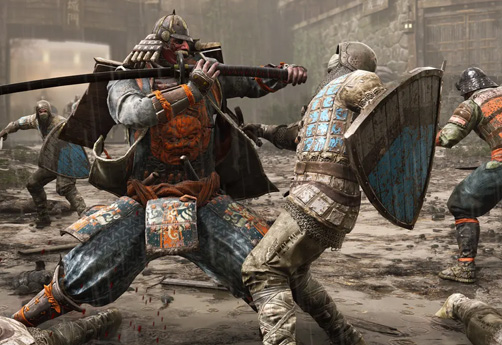
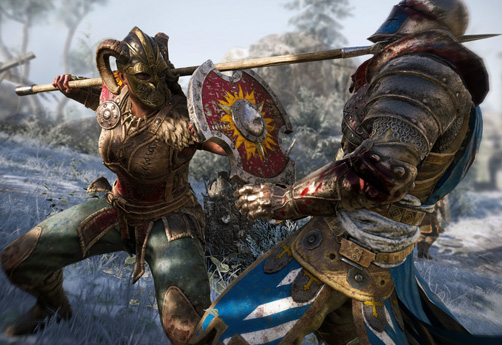
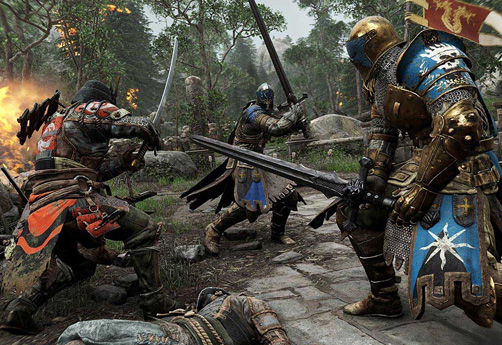
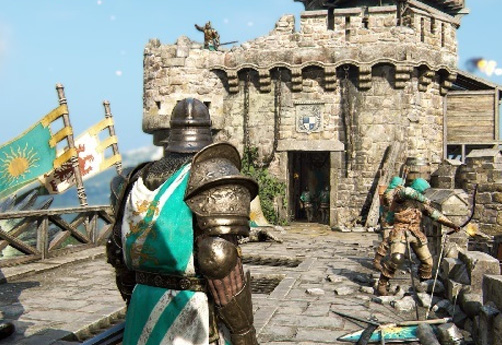
Game Features
Experimenting with new characters should be done over the long term, rather than assuming that what worked well with previous heroes will carry over. For Honor requires active defense; this makes it more like a fighting game than a hack-and-slash. Players attack from one of three positions: left, right, or overhead, and block attacks from the same location. Striking and moving in For Honor isn’t free-wheeling. Long animations and lots of super attacks and combos. But again, the virtues of the game rest on simple, common sense basics such as guards, progressing to more esoteric move sets and abilities. Patience is constantly challenged even for experienced players. You have to pay attention to your opponent’s guard and change your shots to win. Often caught in the mindset of hitting trades under a relentless onslaught, this is a one-way ticket to defeat. A simple block-and-attack approach is ineffective against all but equally low heroes. You need to know what your fighter’s unblockable moves are and be able to accept them. You also need to know that all other classes can’t block and how to get out of the way when the red danger icon appears. It has the lowest stamina of anyone else and will tear apart those who stick to traditional blocking methods. There was no poaching by bot fights, even though the AI had a predictable rhythm to each turn. Either you know your skills and the skills of other fighters, or you have a physical body. If that commitment falls short, For Honor will get frustrated.
Game types do their best to encourage different tactics, but For Honor here is more like a popular shooter than a fighting game. The goal usually turns to killing as many people as possible first with the other team handling everything. Dominion was fun. This capture and control variant has seen some great rallies from both my team and theirs. Also, 4v4 fights are great for For We’ve also neutralized Honor’s biggest drawback, teaming up when a weak teammate dies. This effectively makes Brawl Mode (a team of two) the first blood game. However, I’ve seen a lot of chivalrous behavior, such as letting my partner (or mine) take the kill rather than having my teammate team up with the rest of the fighters. It’s adorable to see the community play in the sense of its title, not just in spirit. The thumb on the rank-up scale is an enhanced state where fighters deal more damage and have a better defense. It’s called revenge. It becomes available when the meter is full, and block attacks fill the meter. So players who are good at this basic element and trained not to fight back at everything have the option to rally. Vengeance has a corresponding Execution which can be used if the finishing blow is a heavy blow. It’s very noticeable and comes with some pretty harsh penalties: longer respawn times and those killed by it don’t respawn. conditional. Fame is XP that provides boosts (called feats) that give fighters special qualities as they level up.
Players can see faster progress by completing “contracts” offered either daily or long-term. These pay great dividends in XP and Steel, the in-game currency that unlocks customizable options, characters, and more. Orders typically involve completing his two games of a specific game mode and providing around 1,000 XP and currency.
In-game currency can be purchased with real money, but you get cosmetic items. Adding exploits is done only with experience. As such, dedicated multiplayer players must scan and execute orders. All multiplayer is involved in something called faction warfare, and I don’t quite understand what that means. It didn’t get in the way of multiplayer, nor did it motivate me to participate. Faction War seems to recognize this by allowing players to automate the post-game processing of their multiplayer matches. There, the “assets” earned through performance are distributed across the territory map. We persevered through this process, accepting the current state of the territory and moving on to the next game. The problem with faction wars is that while players are striving to unite under some common banner, they are also striving to be able to play as any character regardless of whether they belong to their chosen faction or not… That’s right; clan selection alone should not cause a user to lose two-thirds of his multiplayer list. But it still undermines the whole premise of fighting for a greater cause. You can become a knight alongside two Vikings or fight for a knight as a samurai. More support is needed if the game is trying to set big overarching goals with a multiplayer base.
In terms of post-release support, Ubisoft Montreal could make this competition a little more meaningful with faction events, or at least more clarity on who’s fighting for what I hope so. It was easy to blame lag for not being able to save at the right time, but that’s anecdotal at best. Golden, played on time, which sped up matchmaking but also increased the likelihood of joining an ongoing fight. That’s fine, but you’re going to take some losses without really being held responsible. The matchmaking itself seemed pretty fair, but with such a large population, my side initially I’ve come across some great games.
Game Trailer
In order to have more insight into this game, you can watch this video from the following link:
You can visit the website of For Honor Game Review by Mr. Frog to understand the game more.


























































































































































